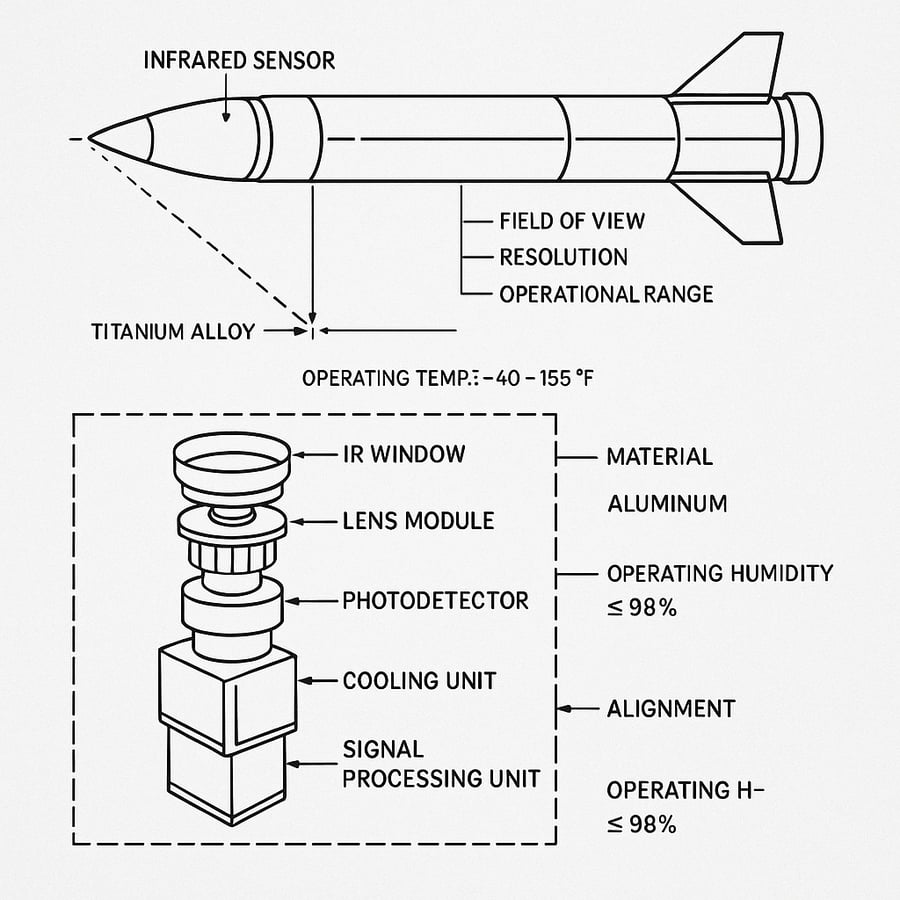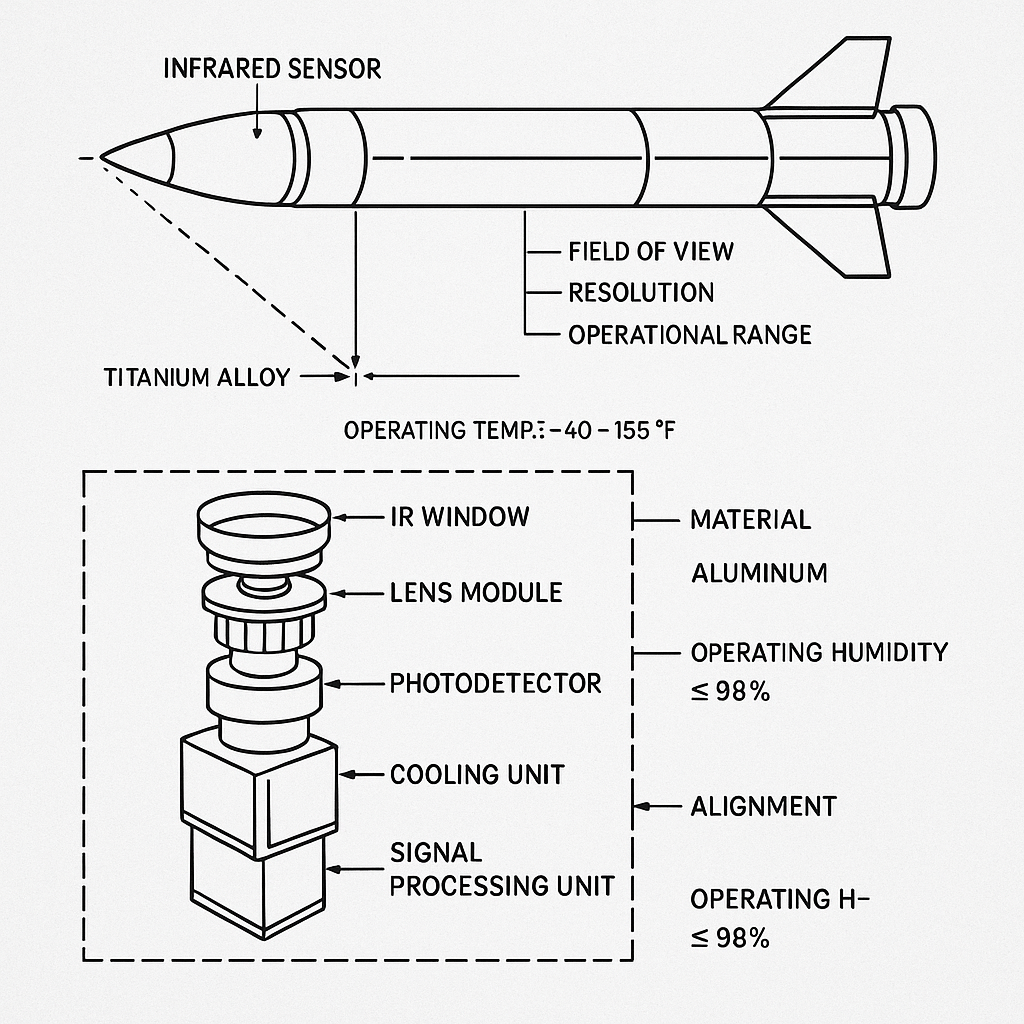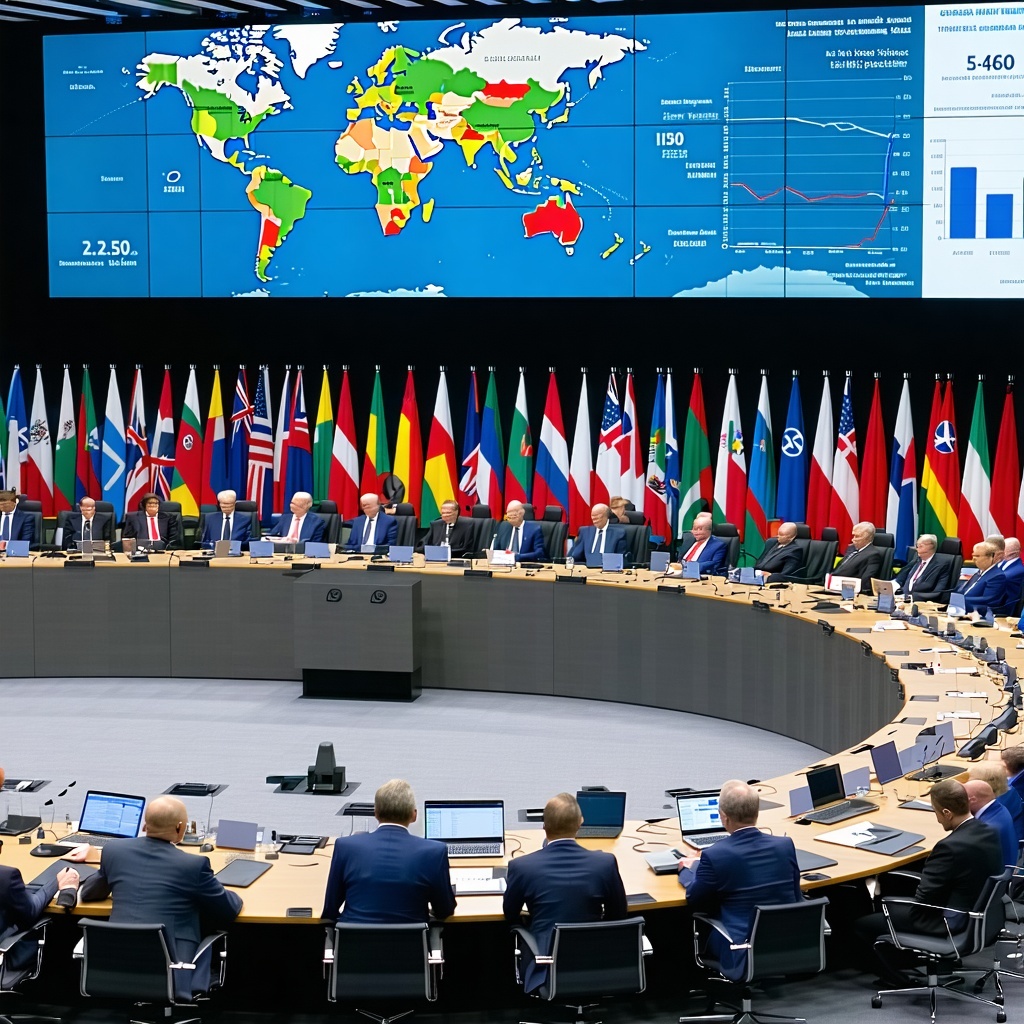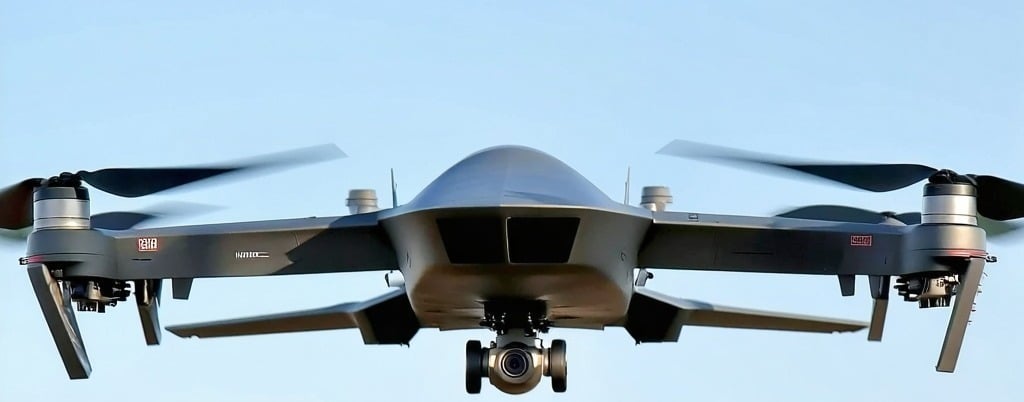Defense Newsletter: NATO Increases Spending on Defense Investments
At the conclusion of the June 26 NATO Summit in The Hague, alliance leaders made an historic commitment: by 2035, member states will increase defense spending from the traditional 2% of GDP to a robust 5% . This decision marks a significant evolution in Europe’s collective security strategy.
Why It Matters
-
Recalibrated deterrence
In an era marked by geopolitical uncertainty—from Russian aggression to rapid technological threats—a 5% spending target signals deeper investment in air defense, cyber capabilities, and rapid deployment.
-
Modernization and interoperability
More funding means updated equipment, intelligence-sharing infrastructure, and joint exercises. It allows smaller nations to contribute meaningfully and enables large members to lead high-tech development and integration.
-
Strength for the long term
The gradual build-up through 2035 encourages sustainable planning—not last-minute spending hikes. It fosters fiscal stability and predictable defense markets.
Immediate consequences
R&D acceleration: A wave of investments in unmanned systems, hypersonics, and AI-enhanced command tools is likely. Carnegie Mellon’s $1.5 billion Air Force contract is a sign of academia’s growing strategic role .
Platform updates: GDLS’s $621 million IM‑SHORAD upgrade strengthens tactical air defense in the near term .
Counter-UAS demand: Europe’s €61.6 million deal with DroneShield underscores rising interest in drone threats .
Partnership Opportunities
For defense firms, this shift is a signal to scale offerings. SMEs with sensor, logistics, and AI expertise stand to gain through NATO’s procurement drive. Transatlantic cooperation—European primes tying up with U.S. tech companies—looks set to grow
The Challenges
Budget alignment: Some nations may struggle politically to raise defense spending. The long ramp-up timeline aims to manage this, but sustained political consensus is needed.
Capability balance: 5% GDP is a high target, but it still needs to translate into real-world capabilities like intelligence fusion, tactical readiness, and force mobility.
Outlook
NATO’s decision elevates defense ambition across Europe. For industry, academia, and government, it’s a green light to innovate, collaborate, and deliver transformative capabilities.
By doubling down on unity and readiness, the alliance isn’t preparing for war—it’s preparing for peace in a more dangerous world. Europe, it seems, has chosen to invest in its future security—boldly and decisively.
Relevant posts
Subscribe to Our Blog
Related Posts

Defense Newsletter: European Commission Unveils Simplification Package to Fast-Track Defence Investments
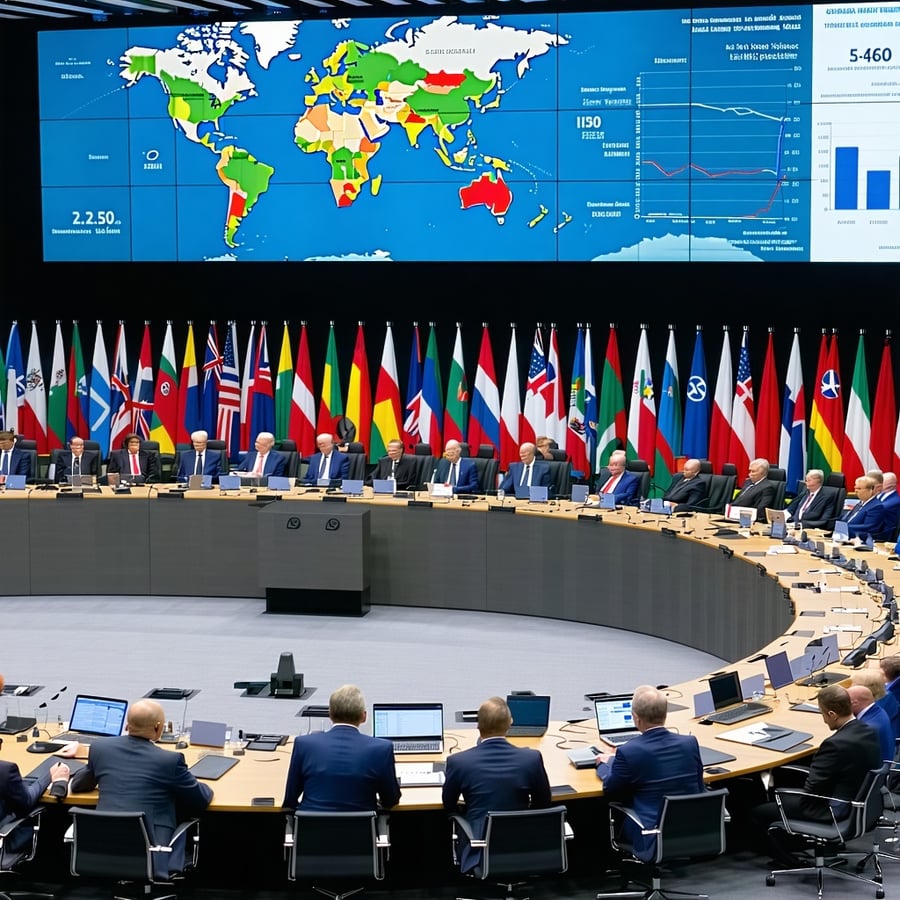
Defense Newsletter: Global Defense Strategy is Shifting
